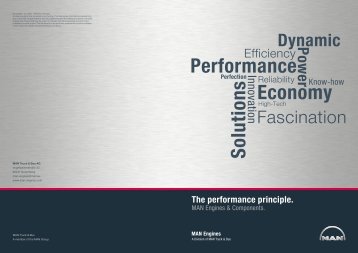Braitenberg Vehicles Pdf
Posted : adminOn 4/3/2018
Braitenberg Vehicles, Finite State Machines, Behavior-Based Programming. Braitenberg “Vehicles. [refer to pdf file] 4. Full-text (PDF) This article addresses the problem of localising a static gas source in an indoor environ- ment by a mobile robot. In contrast to previous works. Dec 19, 2017 - Full-text (PDF) How does complex spatiotemporal behavior arise from, and from which, spatiotemporal knowledge? In an attempt to answer this question, we extend Valentino Braitenberg's thought experiment [3] by describing and implementing vehicles with explicit, and increasingly sophisticated, sp.

Vehicles 2a, 2b A Braitenberg vehicle is an agent that can autonomously move around based on its sensor inputs. It has primitive that measure some stimulus at a point, and wheels (each driven by its own motor) that function as or effectors. In the simplest configuration, a sensor is directly connected to an effector, so that a sensed signal immediately produces a movement of the wheel. Depending on how sensors and wheels are connected, the vehicle exhibits different behaviors (which can be goal-oriented). This means that, depending on the sensor-motor wiring, it appears to strive to achieve certain situations and to avoid others, changing course when the situation changes.
The connections between sensors and actuators for the simplest vehicles (2 and 3) can be or, and excitatory or inhibitory, producing four combinations with different behaviours named; fear, aggression and liking, and love. Examples [ ] The following examples are some of Braitenberg's simplest vehicles. Vehicle 1 - Getting Around [ ] A first vehicle has one sensor (e.g. A temperature detector) that directly stimulates its single wheel in a directly proportional way. The vehicle can stand still or move forward at varying speed. The effect of friction will make the vehicle move in unpredictable ways at low speeds (i.e. At low temperatures) in a way akin to Brownian motion.
This behavior might be understood by a human observer as a creature that is 'alive' like an insect and 'restless', never stopping in its movement. Vehicle 2a [ ] A slightly more complex agent has two (left and right) symmetric sensors (e.g. Light detectors) each stimulating a wheel on the same side of the body. This vehicle represent a model of negative animal.
It obeys the following rule: • More light right → right wheel turns faster → turns towards the left, away from the light. This is more efficient as a behavior to escape from the light source, since the creature can move in different directions, and tends to orient towards the direction from which least light comes. In another variation, the connections are negative or inhibitory: more light → slower movement. In this case, the agents move away from the dark and towards the light. Vehicle 2b [ ] The agent has the same two (left and right) symmetric sensors (e.g.
Light detectors), but each one stimulating a wheel on the other side of the body. It obeys the following rule: • More light left → right wheel turns faster → turns towards the left, closer the light. As a result, the robot follows the light; it moves to be closer to the light. Behavior [ ]. Complex behavior In a complex environment with several sources of stimulus, Braitenberg vehicles will exhibit complex and dynamic behavior. Depending on the connections between sensors and actuators, a Braitenberg vehicle might move close to a source, but not touch it, run away very fast, or describe circles or figures-of-eight around a point. Antvenom Texture Pack 1.4 6 Download. This behavior is undoubtedly goal-directed, flexible and adaptive, and might even appear to be intelligent, the way some minimal intelligence is attributed to a cockroach.
Yet, the functioning of the agent is purely mechanical, without any or other apparently processes. Often, implements these sorts of behaviors. See also [ ] • • • References [ ] Notes. • Lambrinos, D., Scheier, Ch. Technical Report AI Lab no. 95.10, Computer Science Department, University of Zurich.
• Headleand, Chris, Llyr Ap Cynedd, and William J. 'Berry Eaters: Learning Colour Concepts with Template Based Evolution Evaluation.' ALIFE 14: The Fourteenth Conference on the Synthesis and Simulation of Living Systems.
External links [ ] • • •, lets you play around with different settings, vehicles and sources •, an APPLE playground in SWIFT language which implements some Braitenberg vehicles, it lets experiment in a very interactive way.